Whether you are an elk hunter, deer hunter, or turkey hunter, especially when you are new to hunting, you might ask – “How to find a place to hunt?” One of the biggest problems you need to face when you first start hunting is finding the right hunting spot.
Choosing a good hunting spot contributes to your success, so it is necessary to scout and find the perfect hunting spot before hunting season.
Whether you are a first-time hunter or a seasoned sportsman or woman, public lands are some of the best places in the country for hunting.
Public lands provide access to the great outdoors for everyone, regardless of their financial situation. In this article, we will talk about how to find a good hunting spot on public land.
What Should You Know Before Hunting on Public Lands?
There is a portion of land in all modern states that is held by the government, which has been referred to as public land, state land, or Crown land, and these things are open to hunters who wish to hunt deer and other animals.
In addition, wildlife harvesting on public lands is strictly regulated. All hunters on public lands must have the required state licenses, and hunting safety classes are required in some states.
Make sure you are well-prepared before you go hunting. Good preparation contributes to a successful hunt.
Search Online for “Hunting Spot Near Me”
You can start by simply searching for “public hunting spots near me“, and there are tons of hunting app options with mapping services for public land hunting, such as OnX Hunt, HuntStand, and others.
These are useful and available resources that will show exactly which lands are public and which are private.
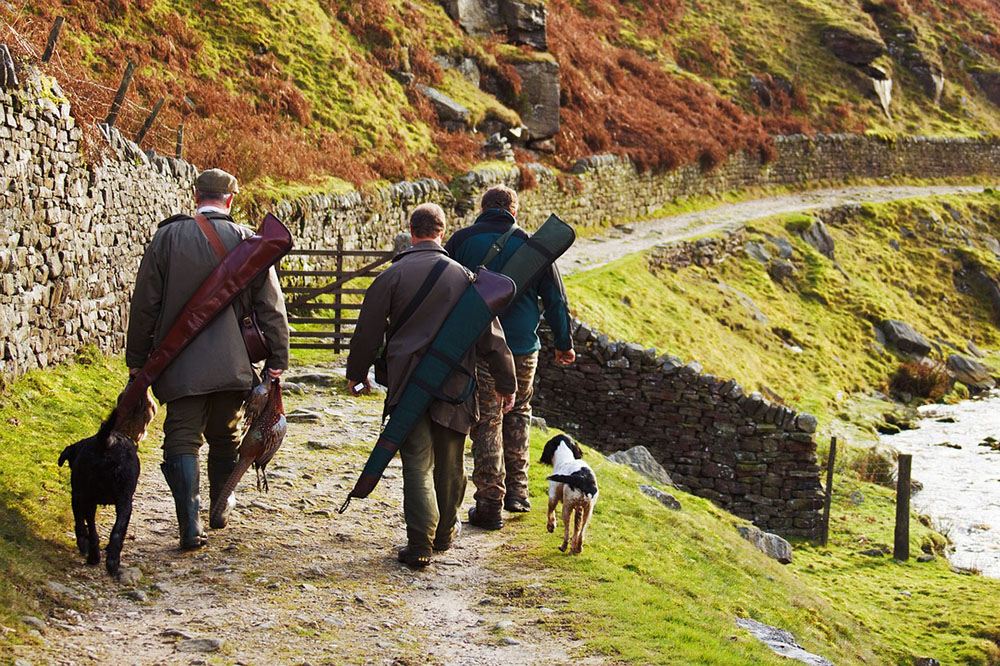
Scout with Smartphone Hunting Apps
When you try to find a new hunting spot, it is difficult to figure out everything about the location, so e-scouting is necessary and helpful for those who are hunting for new ground.
As technology becomes more advanced, and pervades every part of our lives, cell phones can be used as a useful hunting tool.
Most phones have built-in GPS, cellular trail cams, available satellite imagery, e-callers, and more detailed maps, and these apps give you all the information you need for a successful hunt on public lands.
Remote Scouting
With the assistance of a hunting app, you can start scouting before you get to the area, and view the land you plan to hunt by using GPS and mapping layers. It also helps you get an understanding of the most important terrain and habitat features on the property you’re hunting.
These types of habitats include bedding areas, food sources, water, and travel corridors or funnels. You will have access to offline maps and the weather of your hunt areas, then mark them on a map.
You’re going to explore a lot of ground, determine your range, and target your area. This makes your hunting easier.
In-the-Field Scouting
With e-scouting, you can set markers on the map to figure out your unit boundaries and locate a few areas of public land you think might be good for hunting, and cross out spots not to scout, decide which places you want to scout firsthand.
If you’ve found terrain that looks awesome on satellite imagery, you should take a field trip. Some areas look completely different when you actually see them.
Besides, you can track animals that you can’t see via the web or app by in-the-field scouting. You need to be mindful of animal signs and bedding areas when scouting in the field.
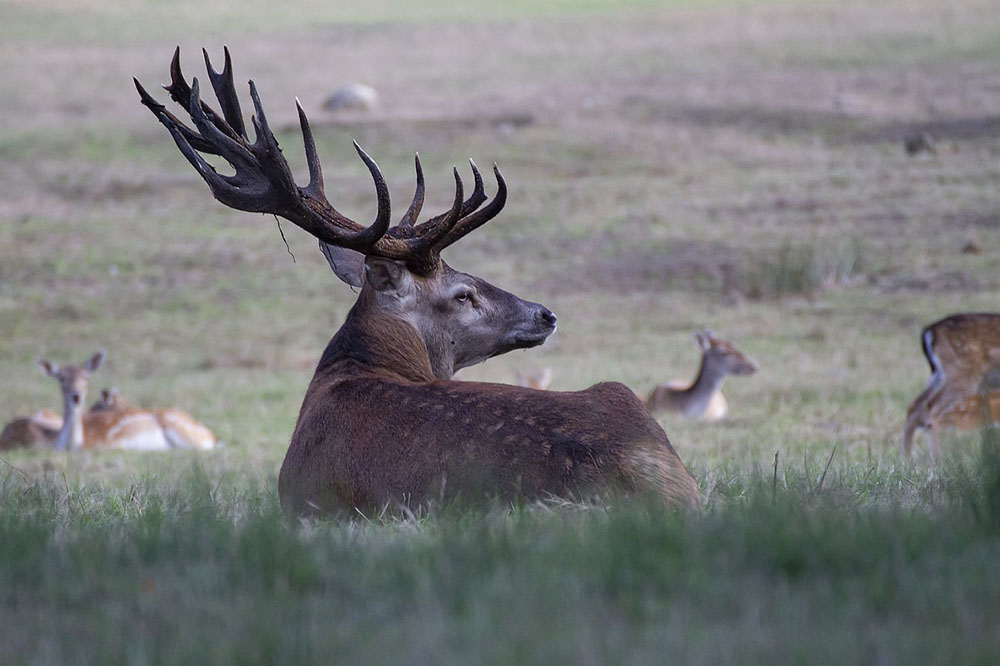
Animal Signs
Animal signs are a part of tracking. You can find all sorts of animal signs, such as scat, rubs on trees, and scrapes when you’re out scouting. Put your eyes on the physical evidence animals have left behind, and pay attention to what signs animals make.
Scat
Scat indicates a potential hunting spot and tells hunters what type of animal species are staying or living in a wild area. In addition, you can tell from their droppings in terms of what the deer has been eating, so that you can identify likely places for further signs.
Scrape
Scrape is a scent signal, deer use them to mark their territory or leave the desired scent for other deer. A buck generally starts scraping by rubbing his forehead, preorbital, and nasal glands on a tree branch.
Scat and scrapes are an indicator of where the deer are staying and where you should be hunting. By knowing how to find and identify a scrape, you will find good hunting spots successfully and greatly increase your chances of harvesting a deer.
Bedding Areas
A buck’s bedding area is where he spends most of his time, and it is the best place to kill him. When you find bedding areas, you can mark them to remember where your prey is.
Conclusion
Above are some tips to keep in mind when you choose a hunting spot on public lands. First and foremost, you need to keep patient. It takes a lot of time and requires a lot of energy to hunt wildlife on public lands and harvest one successfully.


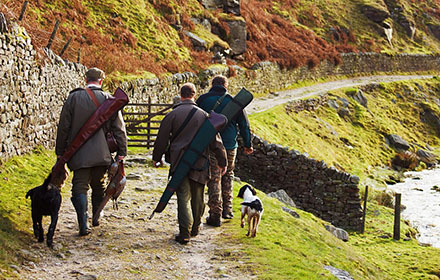




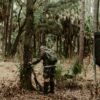
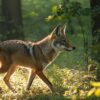
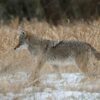
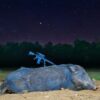
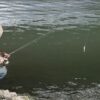
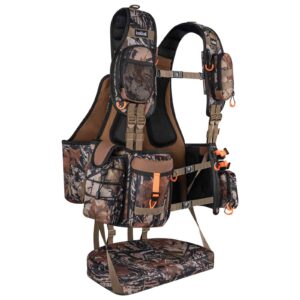


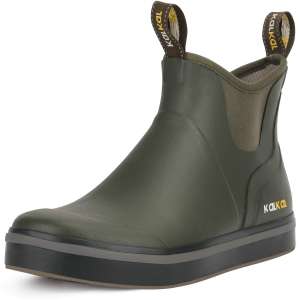
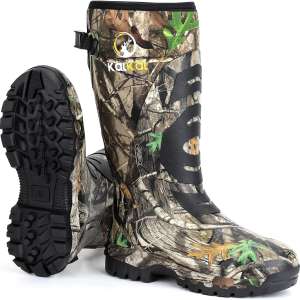


Leave a reply